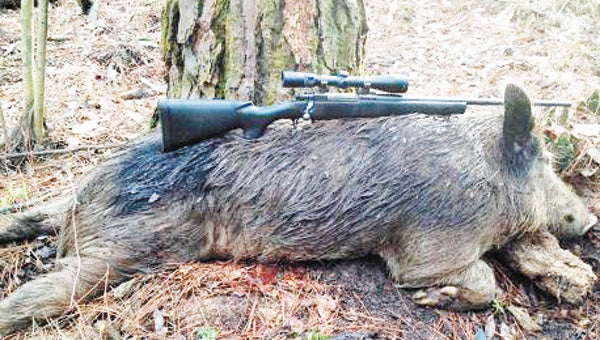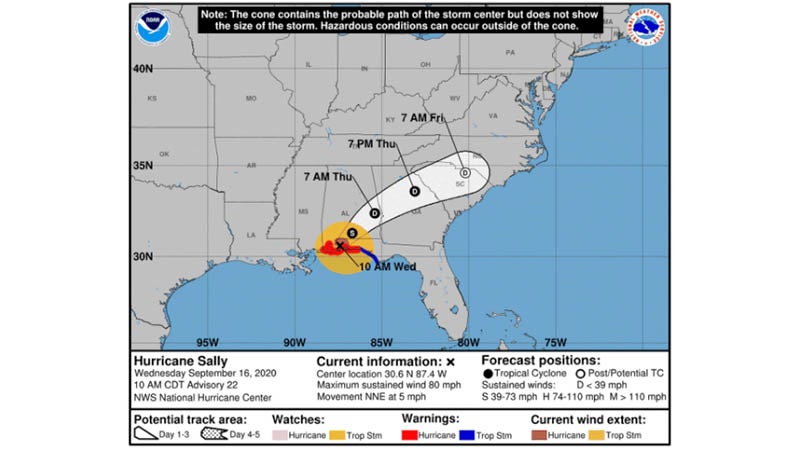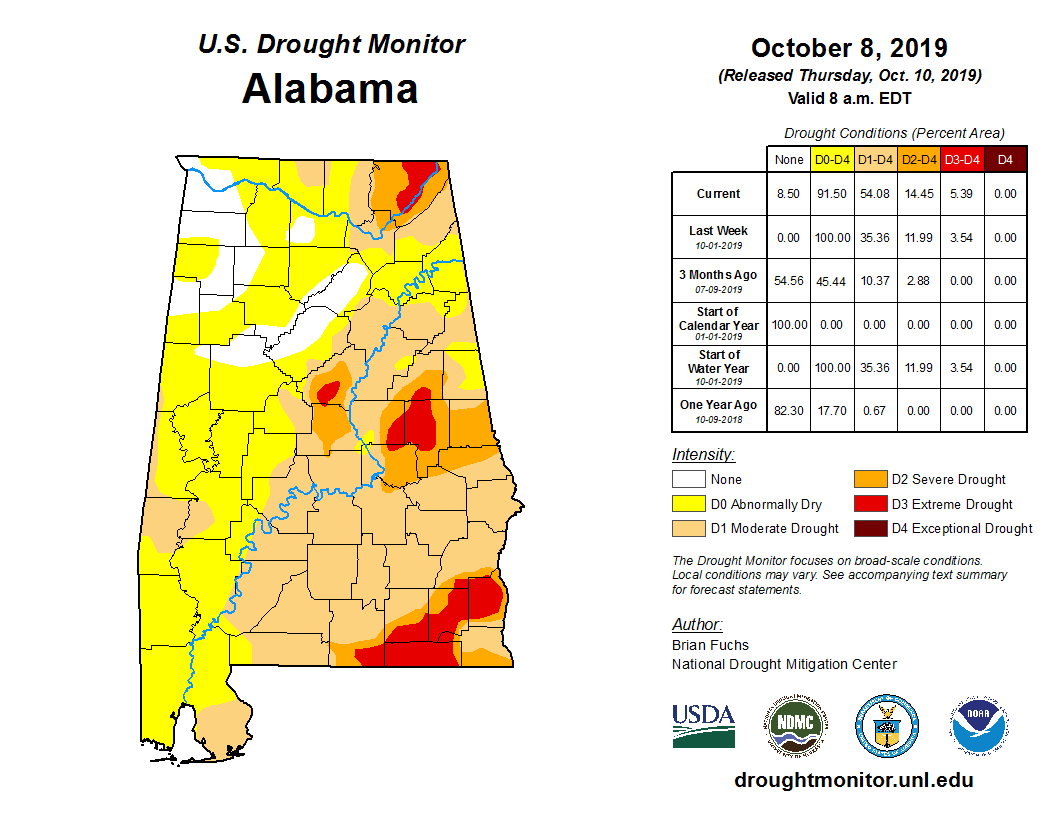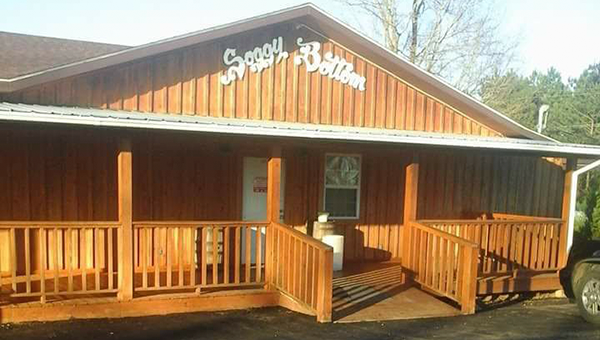Feral hog problem shifts north
Published 12:06 am Tuesday, June 23, 2015
Former Longleaf Alliance Research Coordinator Mark Hainds said that he’s 90 percent certain that Covington County has a feral hog problem.
Hainds, who resigned from the alliance to walk the Texas-Mexico border and is now working as a farmer, forager and author, said there is an increase in the population of feral hogs in the northern part of the county.
“A few years ago, there was a big influx in the southern half of the county,” Hainds said. “We hit them really hard for several consecutive years.”
Hainds said he hasn’t seen or heard of any signs of feral hogs in the southern portion near Pleasant Home for three years.
A feral hog is a pig that lives in the wild.
Hainds said there are different forms of the hog, and it is usually leaner and heavier on the front end.
Hainds said that they used a three-pronged approach to take control of the hog population in the southern portion of the county.
“We did night shooting, trapping and then hunting with dogs,” he said. “In some situations, trapping has been the most effective. They have to be big traps.”
A way to tell whether or not feral hogs are in the area is to check for crop damage.
“One way we know that there are almost no pigs in area is when people are planting peanuts and getting no damage,” Hainds said. “If you plant peanuts anywhere near there, they’ll eat them.”
To help control the population of feral hogs, the Alabama Department of Conservation and Natural Resources encourages hunters to hunt the non-native species. Hunters are required to have a license or permit. Those interested in obtaining a license or permit can visit www.outdooralabama.com, go by a sporting good retailer, visit the county probate office, call 1-888-848-6887 or visit the wildlife and freshwater fisheries offices in Montgomery on Union Street, or in district offices in Tanner, Jacksonville and Northport.
The U.S. Department of Agriculture estimates that feral hogs cause more than $800 million of agricultural damage in the United States annually.
Feral hogs are considered a game animal and have no closed season and bag limit.
Hainds said feral hogs tend to come out when there isn’t any pressure, adding that they come out at night.
“They stay in really thick areas and come out at night and raid fields,” he said.
Hainds said landowners can now hunt for hogs at night.
Hainds said the reason why the hogs have moved to the northern part of the county is because it has more safe havens for them to reside.
“The problem is continuing to evolve, and that in some areas of the south, it’s going to change how people do agriculture,” he said. “In some areas, you can’t plant peanuts and corn. The big thing is that if you don’t have pigs and move into an area with pigs, get ride of them quick. The message here is don’t wait.”





